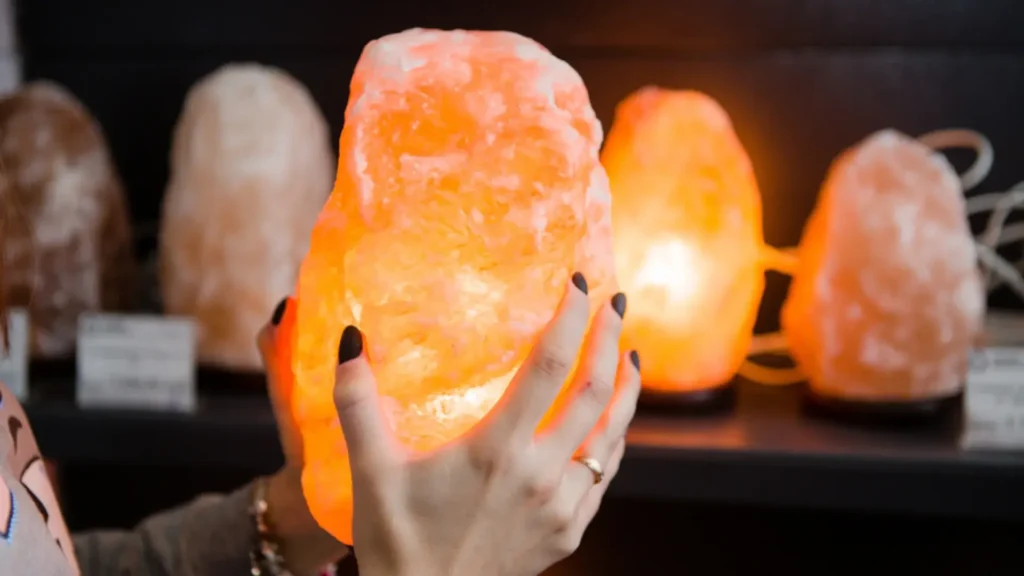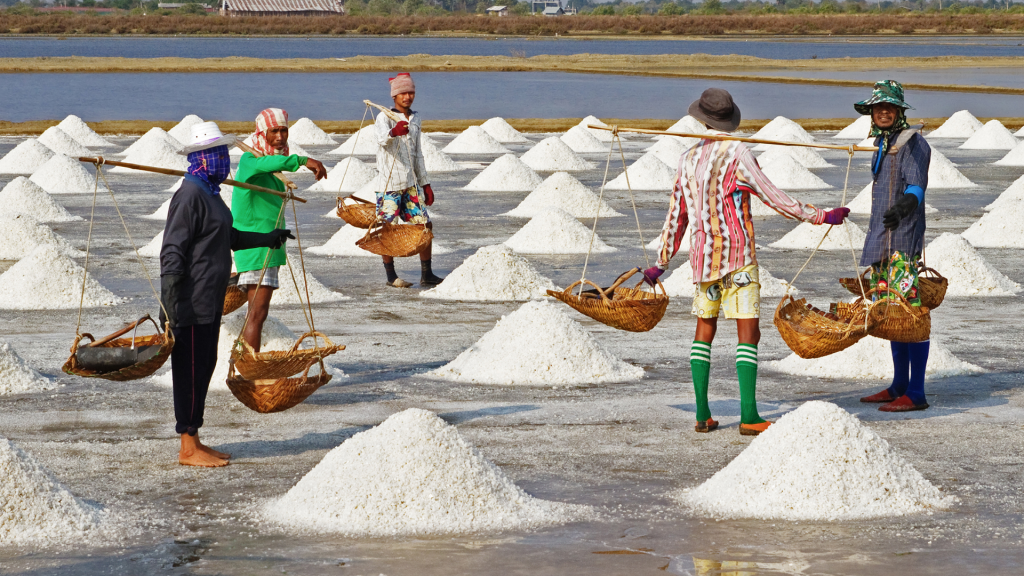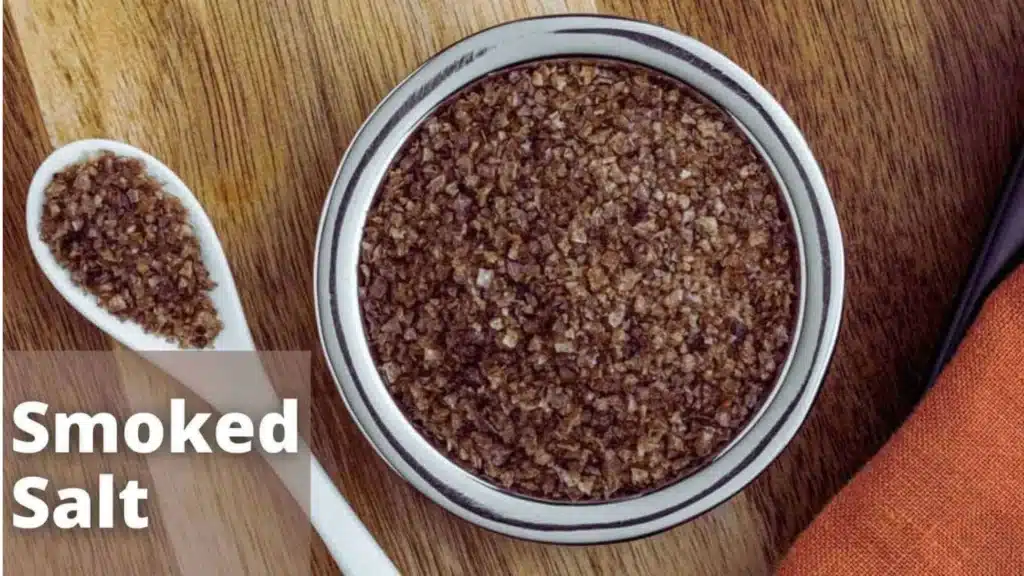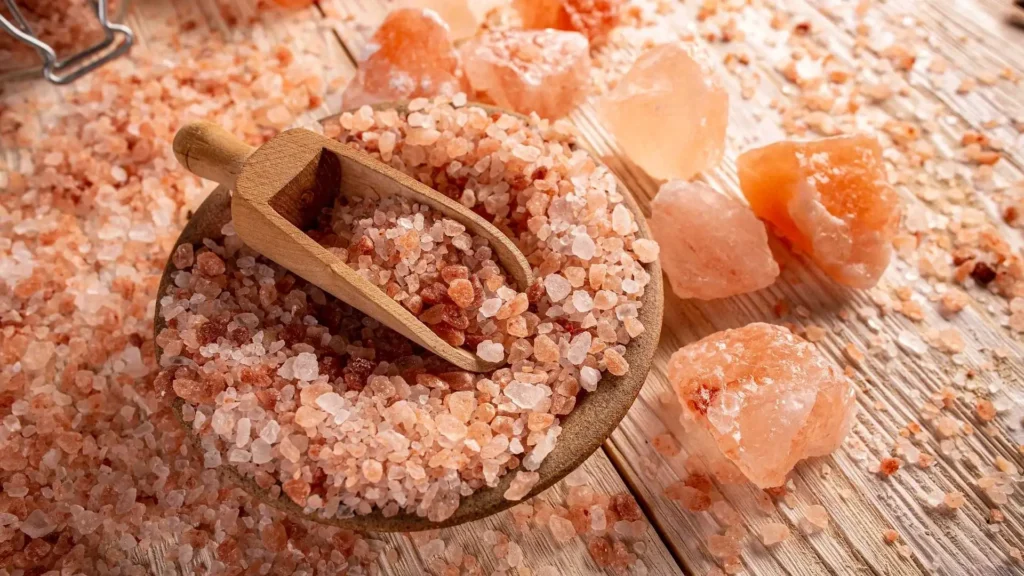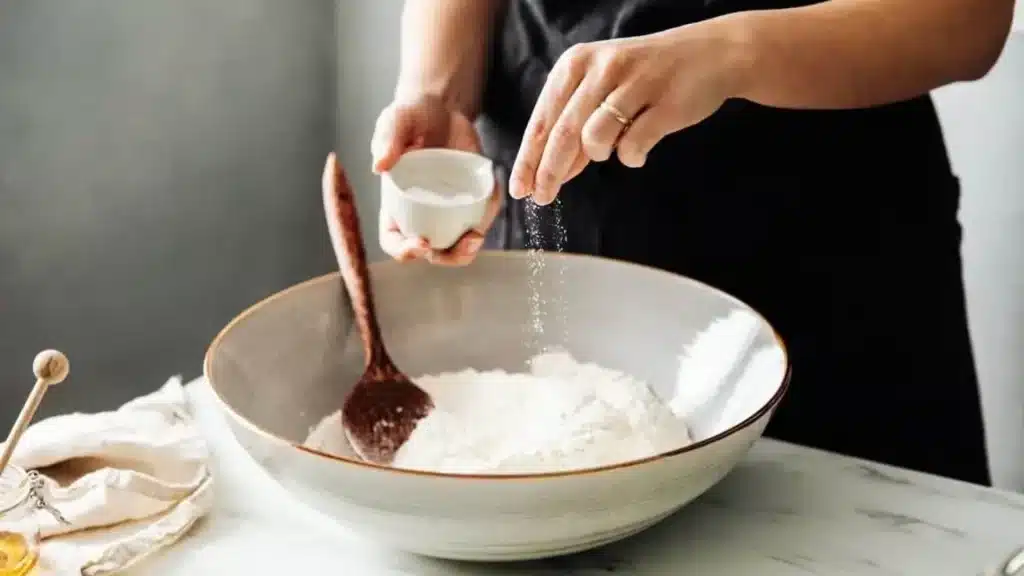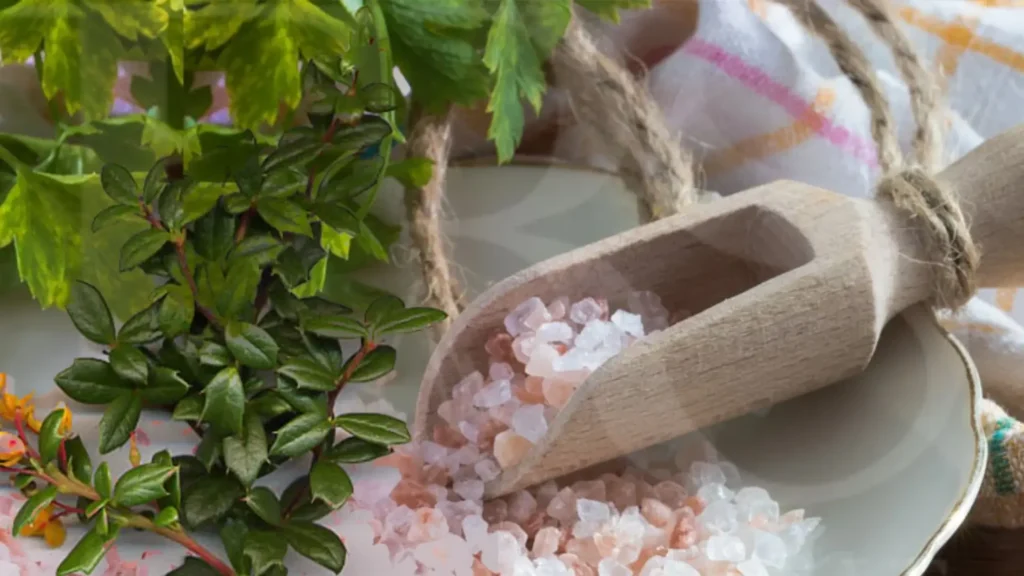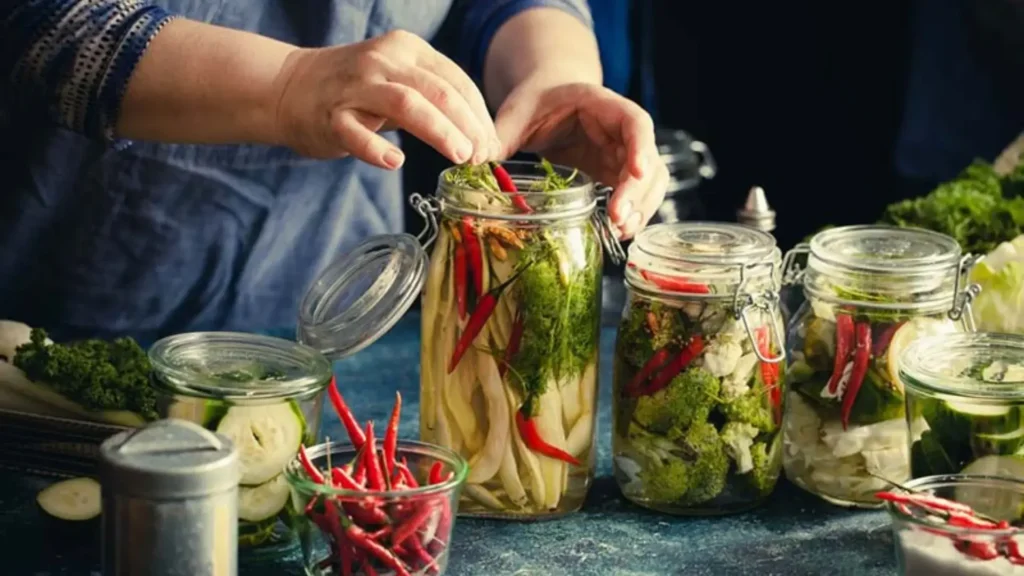Himalayan Salt Lamp Guide: Benefits, Care, and Bulb Replacement
Himalayan Salt Lamp Guide: Benefits, Care & Bulb Replacement Himalayan salt lamps have become a popular addition to homes, admired not just for their warm, soothing glow but also for their potential wellness benefits. Mined from ancient salt deposits in Pakistan, these unique lamps offer a natural way to enhance your living space. If you’re curious about what makes these lamps special or how to care for one, this guide covers everything you need to know. From improving air quality to creating a relaxing atmosphere, Himalayan salt lamps serve as both a stylish decor piece and a source of tranquility. We’ll explore their benefits, how to ensure you have an authentic lamp, and the simple steps for maintenance and bulb replacement to keep it glowing for years. Table of Contents Potential Benefits of Himalayan Salt Lamps While Himalayan salt lamps are beautiful, many people are drawn to them for their purported health and wellness advantages. Here’s a closer look at how they might enhance your home environment. Air Purification Himalayan salt lamps are known for being hygroscopic, which means they attract and absorb moisture from the surrounding air. This moisture often carries airborne particles like dust, pollen, and other allergens. When the lamp is turned on, the heat from the bulb evaporates the water, leaving the trapped particles on the salt crystal. This process can help purify the air in your room, making it cleaner to breathe. Mood and Stress Reduction The gentle, warm light emitted by a Himalayan salt lamp can create a serene and calming atmosphere. This soft glow is believed to help reduce stress and improve your overall mood. Many people find the light similar to that of a candle, promoting relaxation and a sense of well-being, which is perfect for unwinding after a long day. Improved Sleep The calming ambiance created by a salt lamp can also contribute to better sleep. By replacing harsh, bright lights in the evening with the soft glow of a salt lamp, you can help your body wind down and prepare for a restful night. This natural light source helps create a peaceful environment conducive to sleep. For those interested in the natural properties of Himalayan salt, you can also learn about the benefits of drinking Himalayan salt water. Is Your Salt Lamp Authentic? With the growing popularity of Himalayan salt lamps, it’s important to make sure you’re buying a genuine product. Authentic lamps are carved from pure Himalayan pink salt, sourced directly from the Khewra Salt Mine in Pakistan. These lamps should have a warm, pinkish-orange hue and an irregular, natural shape. A genuine salt lamp will also feel slightly damp in humid conditions due to its hygroscopic nature. At Sobaan Salts, we ensure our lamps are made from 100% genuine Himalayan pink salt, providing you with a high-quality, authentic product. Where to Place Your Salt Lamp Proper placement is key to enjoying your salt lamp and keeping it in good condition. Here are a few recommendations: Living Rooms and Bedrooms: These are ideal spots where you can benefit from the lamp’s calming glow and air-purifying properties. Offices or Study Areas: A salt lamp on your desk can help create a focused and tranquil workspace. Meditation Spaces: The soft light is perfect for creating a serene environment for meditation or yoga. It’s important to avoid placing your lamp in high-moisture areas like bathrooms, kitchens, or laundry rooms. The excess humidity can cause the lamp to “leak” or sweat excessively. Also, keep the lamp away from open windows or outdoor patios. Read more: How To Decorate With Himalayan Salt Products A Unique Guide Care and Maintenance Tips Taking care of your Himalayan salt lamp is simple and will ensure it lasts for years. Follow these easy steps to keep your lamp in great shape. How to Clean Your Lamp Turn Off the Lamp: Before cleaning, make sure the lamp is turned off and unplugged. Use a Damp Cloth: Lightly dampen a soft, lint-free cloth with water. Wring it out thoroughly so it’s not dripping wet. Wipe Gently: Gently wipe the surface of the lamp to remove dust and dirt. Avoid scrubbing, as this can wear down the salt. Dry the Lamp: Use a dry cloth to pat the lamp dry, then turn it back on to evaporate any remaining moisture. Storing Your Lamp If you need to store your lamp for an extended period (more than a week), unplug it and wrap it in an airtight plastic bag. This will prevent it from absorbing moisture while it’s not in use. How to Replace the Bulb If your salt lamp’s bulb burns out, replacing it is a straightforward process. Here’s how to do it safely: Unplug the Lamp: Always disconnect the lamp from the power source before changing the bulb. Remove the Bulb Assembly: Gently pull the bulb fixture from the base of the lamp. Unscrew the Old Bulb: Let the bulb cool for a few minutes, then carefully unscrew it from the socket. Install the New Bulb: Screw the new bulb into the socket until it is secure. Make sure you use the correct wattage for your lamp’s size. Small lamps (up to 6 kg): Use a 15-watt bulb. Medium lamps (6-12 kg): Use a 25-watt bulb. Large lamps (over 12 kg): Use a 40-watt or 60-watt bulb. Reinsert the Fixture: Squeeze the metal clips on the fixture and carefully guide it back into the base of the lamp. Using the wrong bulb wattage can cause issues. A bulb that is too small may not generate enough heat, leading to leaking, while one that is too large can cause the lamp to overheat. Read More: The Growing Demand for Himalayan Pink Salt in the Global Market Troubleshooting Common Issues Even with proper care, you might encounter a few common issues. Here’s how to handle them. Why is My Salt Lamp Leaking? A “leaking” or “sweating” salt lamp is usually a sign of excess moisture. This happens because the salt naturally
Himalayan Salt Lamp Guide: Benefits, Care, and Bulb Replacement Read More »

